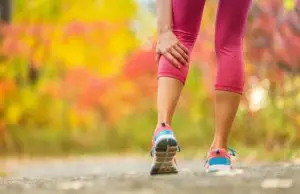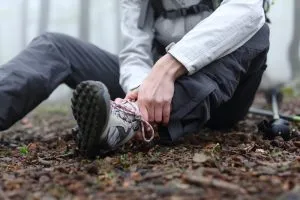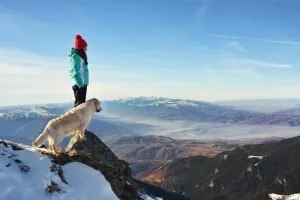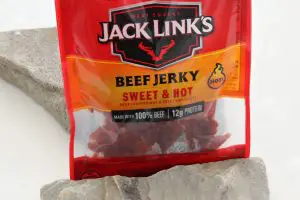Is Hiking Good For Glutes?
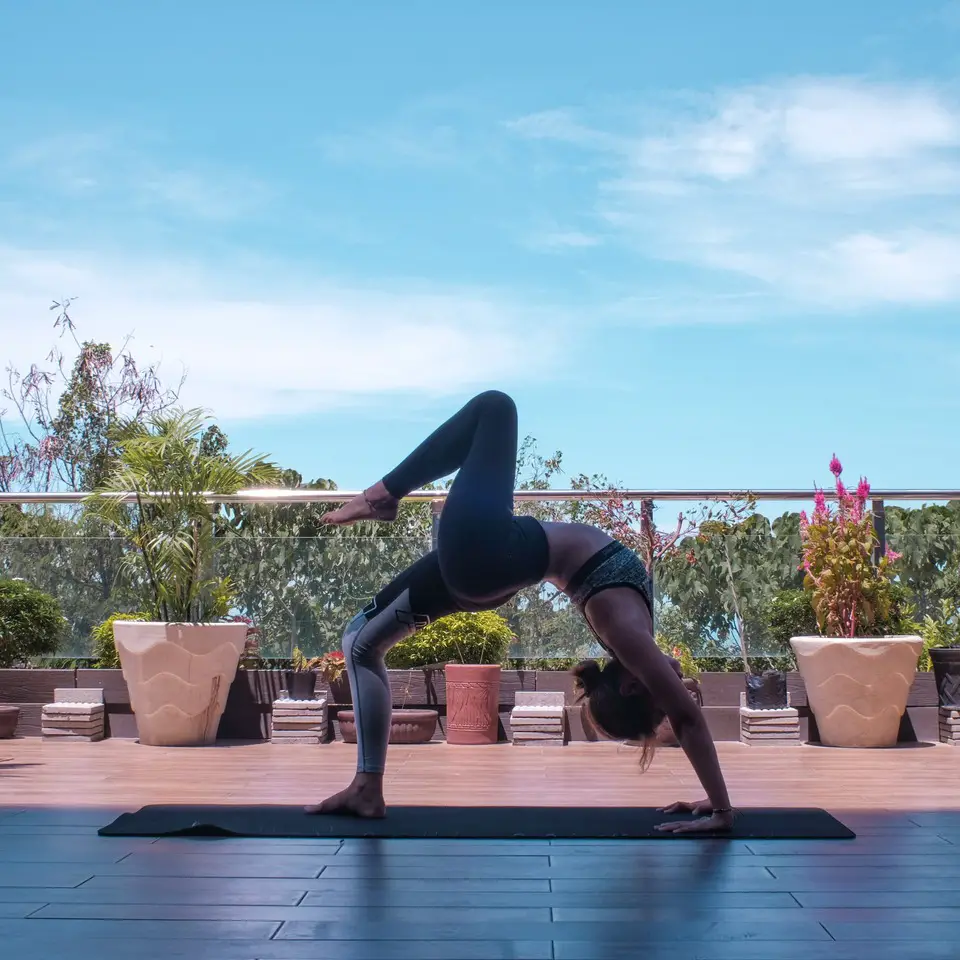
Glutes. We all have them, and we all know that they’re important. But what exactly are they, and what do they do? The gluteus maximus is the large muscle in the buttock that helps extend the hip, rotate the thigh inward, and stabilize the hip joint. So we’re talking a bit more than your butt here! Strengthening your glutes can help with everything from increased power and strength when hiking to preventing or rehabbing injuries. So, is hiking a good way to strengthen your glutes? Read on to find out!
Quick Links
Why Is Hiking Good for Glutes?
There are a few reasons why hiking is good for your glutes. First, hiking is a weight-bearing exercise, which means that it helps to build and maintain bone density. This is important for overall health, but especially for women as they age and start to lose bone mass.
Additionally, hiking works all of the large muscle groups in the body, including the glutes. This helps build strength and endurance, improving your hiking performance.
Finally, for the most part, hiking is a low-impact exercise, which means it’s easy on the joints. This makes it a great option for people looking to avoid injuries or recovering from an injury.
How Does Hiking Help Build Glutes?
So how exactly does hiking help build glutes? When you hike, your body has to work against gravity to move forward. This resistance helps to build muscle and strength, especially in the lower body.
The sciatic nerve connects your gluteus maximus to the femur (thigh bone). This nerve also runs down the back of your leg, so when you hike, you’re working to stabilize your whole lower body. This helps to build strength not just in your glutes but also in your hamstrings, quads, and calves. Overall, hiking is a fantastic way to tone and sculpt your legs as well.
The terrain’s incline can also affect how effective your hike is at building glutes. A steeper incline will require your body to work harder, resulting in more muscle growth.
Does Hiking Strengthen Hips?
Hiking does more than just build strong glutes – it can also help to strengthen your hips. This is especially true if you hike on uneven terrain, as your body will have to work harder to maintain balance.
Strong hips are important for overall lower body strength and stability. They help support your upper body’s weight and allow you to move your legs freely. This is important not just for hikers but also for runners, cyclists, and anyone who wants to avoid injuries.
If you want to build strong hips, try adding hillier hikes to your regular routine. You can also try incorporating some single-leg exercises into your warm-up or cool-down, such as lunges or fire hydrants.
However, stretching your hips before and after hiking is super important, as they can get tight from all the uphill climbing. Try a standing hip flexor stretch or a pigeon pose to loosen things up.
Tight hips can lead to all sorts of problems, including lower back pain, so keeping them healthy and mobile is important.
When Should I Stretch My Glutes?
So besides stretching your hips, stretching your glutes is also key. This muscle group can get tight from all the uphill and uneven hiking, so keeping them loose is important.
There are a few different ways to stretch your glutes. One is the standing hip flexor stretch, which you can do by placing one hand on a wall and bringing the opposite knee up to your chest. You can also try the fire hydrant exercise, which is great for loosening up the glutes and hips.
Another option is the pigeon pose, which is a bit more advanced but still doable for most people. To do this stretch, start in a lunge position with your back leg extended behind you. Then, lower your hips down to the ground and keep your front leg at a 90-degree angle. You should feel a stretch in your glutes and hips.
Stretching your glutes is important for hikers and anyone who sits for long periods of time. That’s because sitting can lead to tightness in the hips and glutes, which can eventually lead to a lot of lower back pain. So whether you’re a frequent hiker or a desk jockey, make sure to add some glute stretches to your routine.
Can You Get A Bigger Butt by Flat Hikes?
Okay, so we’ve established that hiking can help to tone and build your glutes. But what about making them bigger? Can you get a bigger butt by flat hikes?
The answer is probably not. While hiking can help to build muscle, it’s not likely to make your butt significantly bigger – especially on flat hikes without any added resistance.
If you want to get a bigger butt, you’re better off doing weighted exercises targeting the glutes, such as squats, lunges, and hip thrusts. But hiking is a great option if your goal is to tone your butt and legs.
Secondly, your diet is a big factor in muscle growth, including your butt. To build muscle, you need to eat a lot of protein and calories.
How much is a lot? Well, that depends on your current weight, metabolism, and activity level. But a good rule of thumb is to eat 1 gram of protein per pound of body weight and to make sure you’re getting enough calories to support your activity level.
If you want to get a bigger butt through hiking, make sure you’re eating enough food, getting enough protein, and adding some challenge to your hikes – uphills, heavier backpacks, and/or trail running are all great options.
Conclusion
There you have it – everything you need to know about how hiking can impact your glutes. Hiking is a great way to tone your butt and legs, but if your goal is to increase the size of your butt, you’re better off doing weighted exercises and increasing your protein intake. However, hiking is still a great option for overall lower body strength and health. So get out there and hit the trails!

